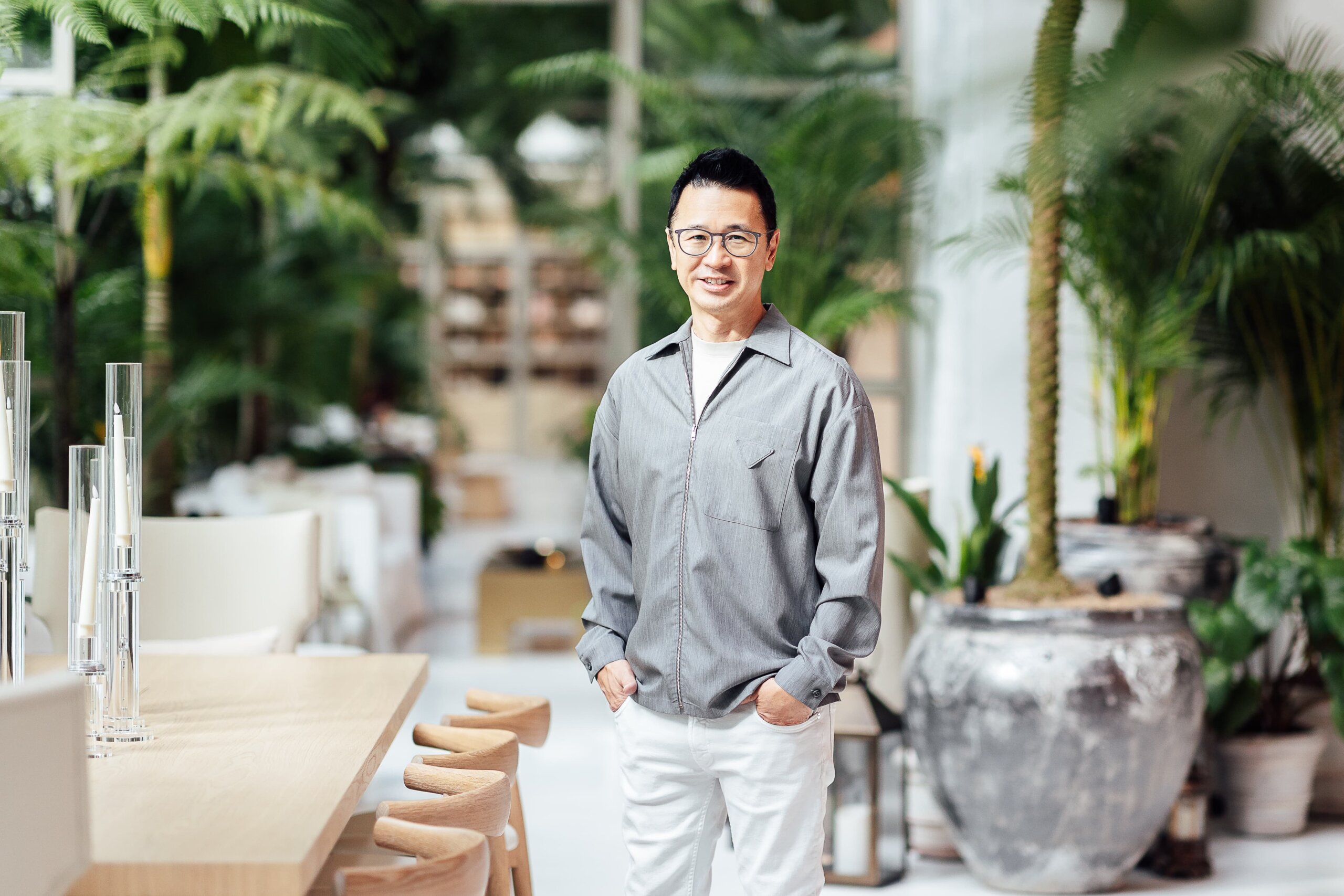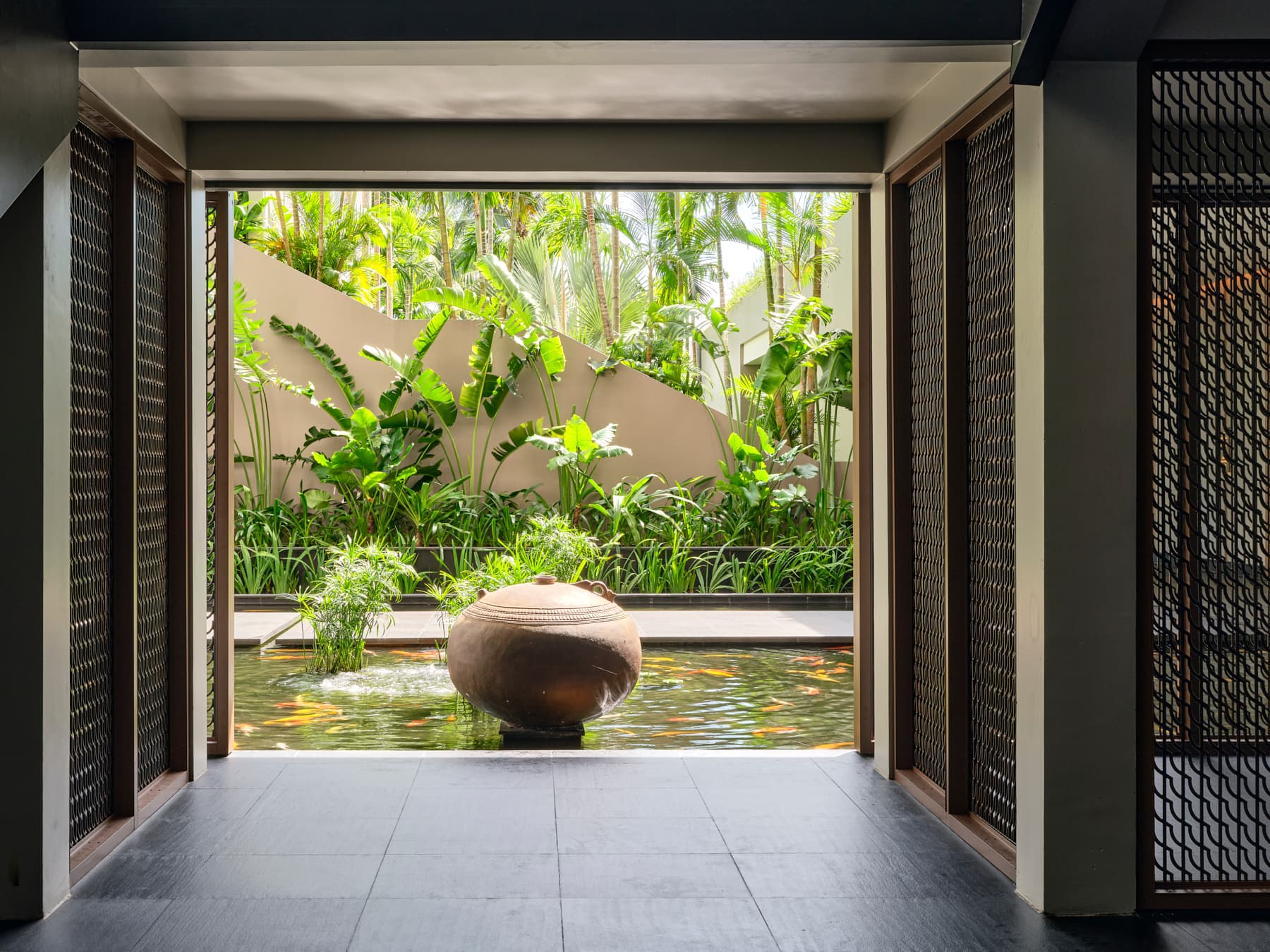Inside Out: the benefits of BLINK’s counterintuitive approach to building design
In the second of his series of articles, BLINK founder and creative partner Clint Nagata continues to share his takes on several industry-related topics. Clint has already revealed how BLINK understands the unspoken, and will soon be exploring cultural appreciation versus cultural appropriation and how millennials and Gen Z are changing the face of luxury hospitality. Continue reading to discover how BLINK find success through designing from the inside out.

BLINK is an interior and building design practice working predominately in the luxury hospitality and residential sector, and although the bulk of our work is in interiors, we often deliver projects that integrate both disciplines, including the Regent Phu Quoc, Vietnam, the Six Senses Kyoto and a number of wellness villas for AMAN in Ninh Thuan, Vietnam.
In our building design practice, we don’t work in the usual form-driven method. We actually think of ourselves as spatially-driven. This doesn’t mean exteriors are an afterthought, but with two decades of designing luxury hotel and resort interiors the world over, we’ve learned that to get the outside right, you must start with the inside.
“We create the rooms first and then place them on the site to orient the building.”
What does inside out mean in architecture?
When we embark on an integrated design project, we start from the smallest space or module and simply design it from the inside out. We create the rooms first and then place them on the site to orient the building.
This approach isn’t particularly new. In ancient and traditional architecture, it was the inside program that drove the outside look, with the exterior used to define a building’s function and importance. This discipline was particularly useful in helping people differentiate between temples, forums and government buildings.

However, from our experience, we’ve learned that some architects don’t think this way. Often, they will work incredibly hard to produce a beautifully shaped, aesthetically pleasing structure, after which they consider the interiors and flow of the building. And that’s when they realise the rooms are too narrow and the windows are too small.
“It sounds obvious when written down, but it really is all about the guest experience.”
Second-guessing the guests
At BLINK, we do the opposite. We start with the widest room experience and then work out from there. If the guest rooms are not meticulously designed for the optimum experience, the guest’s stay will be lacking. Even if the guest can’t quite distinguish what’s not right, they will know something’s amiss – and that will affect their overall satisfaction.
It sounds obvious when written down, but it really is all about the guest experience – and that starts from when we first visit an undeveloped site. From that moment on, we try to figure out what the guests will feel as they move through the site. It’s very important for us to orchestrate and curate that movement, from arriving at the hotel, going to their room and looking out to the view. We try to map the entire guest experience from arrival to departure.
In addition, we always aim to create intimate environments that feel welcoming and warm, much like a home from home to which you long to return. To truly achieve this, we start with the interior layout and detailing, before we build out an exterior that complements the interior purpose – all while expressing a unique presence to the outside world.
Happy guest = happy designer
Perhaps our biggest joy is when we revisit a project that’s been up and running for a year or so, and we see the guests following the daily routes and routines we’ve envisaged for them. It personally makes me think this is why I do what I do. It’s all about seeing how happy the guests are.
On a return visit to the Regent Phu Quoc, I casually quizzed a guest on their experience of the resort, and gushingly she replied, ‘I’m really enjoying staying here. I’ve just extended our stay.’ We certainly can’t take all the credit for her enjoyment, but through our process of inside out design, we like to think we had something to do with it.




